
Construction work can be seen throughout the Orlando area, including Rollins College. In the name of growth, traffic is rerouted for the sake of construction, and this has had a tragic impact on pedestrians.
According to a report by Smart Growth America and National Complete Streets Coalition, the Orlando metro area is the most dangerous area in the United States for pedestrians, accumulating 656 pedestrian deaths between 2008 and 2017. Florida, in its entirety, is also ranked the deadliest state for people traveling on foot.
However, is ceaseless construction the silent killer—or is there a deeper underlying threat to our community?
I am a native Floridian who has witnessed the unchecked urban sprawl; the exponential growth of residential and urban development disregards real people—employees, children, grandparents, bicyclists, and people with disabilities—to the point of catastrophe. In some areas, walkers are forced to jaywalk across busy streets because a crosswalk is simply unavailable. In other places, needed stop signs are nonexistent, and traffic lights are no-shows in low-income neighborhoods.
Negligent urban development is the real silent killer. Road-side construction is merely an accomplice.
According to the report specified earlier, statistical patterns highlight that particular demographics suffer more pedestrian deaths than others. For example, adults older than 50, people of color, and people living in low-income communities are disproportionately killed in pedestrian-related crashes.
These groups seem to be targeted because of a lack of sufficient infrastructure. Sidewalks, roads, road signs, and traffic lights in areas considered unimportant to the region’s economy are designed poorly. In addition, residents with low-income, who also tend to be less educated, are not taught how to safely travel on foot next to busy roads. Therefore, certain neighborhoods, especially in Orlando, are unintentionally designed to be dangerous.
If regular walkers are in danger, imagine the risk that elderly people and people with disabilitites face when they choose to walk in the city. The lack of accessibility in some areas may mean that they must take unorthodox paths, unknowingly making themselves more vulnerable to car accidents and uneven surfaces. Additionally, challenges involving difficulty hearing, seeing, or speaking can hinder their safety.
Orlando’s transportation website states that the city’s top priority is pedestrian safety, and it is engaging in the following projects to prevent future tragedies:
Bumby multi-use path project
Colonial overpass project
Complete streets policies to enhance safety
Gertrude’s Walk project
Orlando Main Streets bicycle and pedestrian study
Orlando Walks sidewalk program
I do not think that these mini projects will deliver much of an impact. In order to drastically lower the pedestrian death rate in Orlando, a structural change needs to happen. The city must carve out spaces for more crosswalks (especially in low-income areas), provide accessibility alternatives so that people with disabilities can transport themselves safely, and decrease speed limits where the existing limits are not taken seriously.
The sad thing is that we hear news related to this issue, such as the fatal bicycle accident and teenage boy who was killed as a result, and we feel remorse for a moment. However, that moment simply fades, and we forget about the boy whose life was stolen and the reasons why he was killed. We dismiss it as a normal occurrence, a fact of life.
Facing the threat of death when legally crossing a road is not a fact of life. No one should have to fear for their life when they leave their house.
The city of Orlando, including Winter Park, should try its hardest to decrease pedestrian deaths and erase its history of neglecting its city walkers. Taking more drastic—instead of passive—steps will be the key that saves hundreds of future lives.


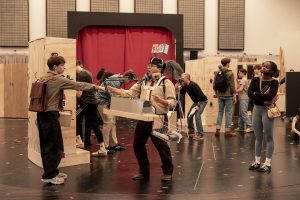
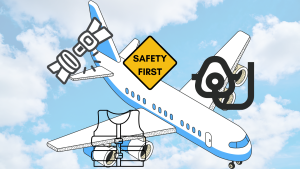


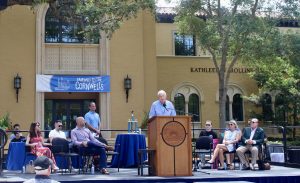


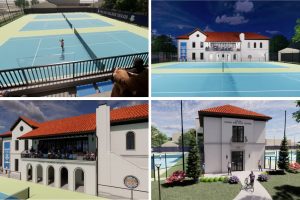
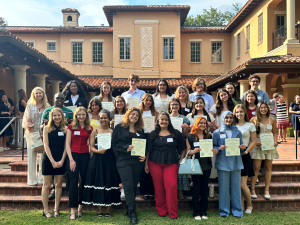
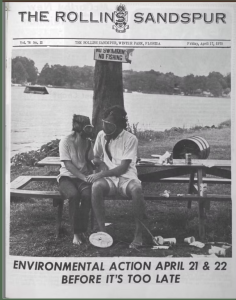
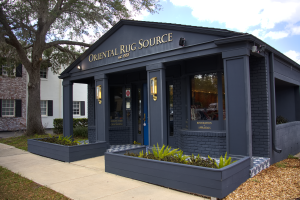
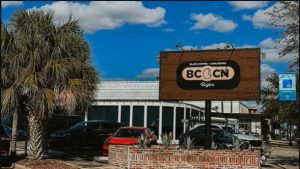


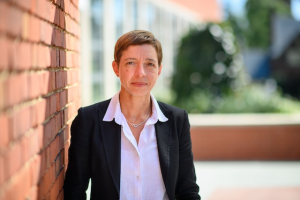




Be First to Comment